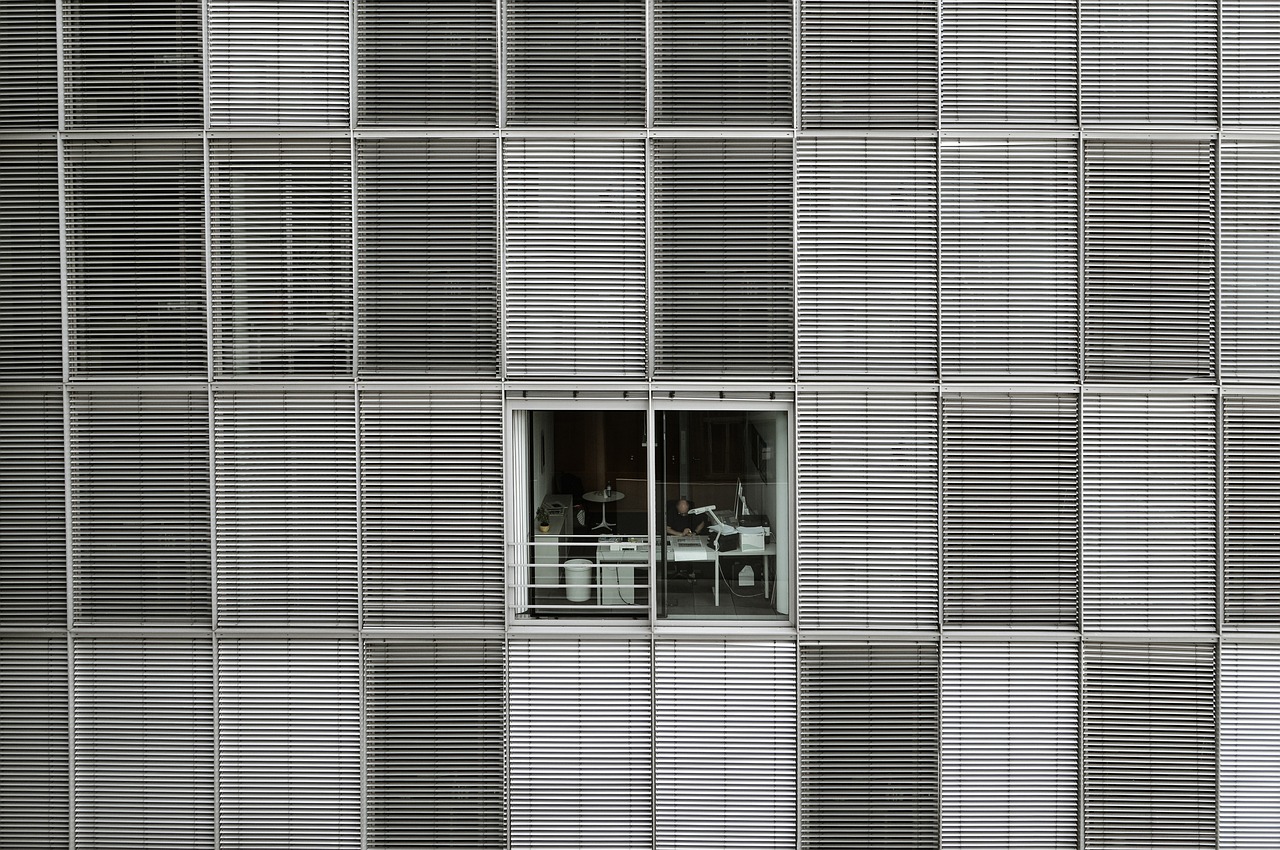Workplace Foot Traffic Predictions: Unlocking the Power of Data for Smarter Workspaces
“Workplace foot traffic predictions empower HR, IT, and facility managers with real-time insights into employee movement patterns. By understanding how employees navigate their workspaces, organizations can optimize space utilization, improve safety, and enhance overall employee experience. ”

The Power of Workplace Foot Traffic Predictions
Workplace foot traffic predictions have emerged as a transformative tool for organizations seeking to optimize their workspaces and improve employee experiences. By leveraging data to understand employee movement patterns, businesses can uncover valuable insights that empower them to create smarter, more efficient, and safer workplaces.
Unlocking Data-Driven Workspace Optimization
Foot traffic predictions provide a granular view of how employees utilize their workspaces. This data can be analyzed to identify areas of congestion, underutilized spaces, and potential safety hazards. By understanding these patterns, organizations can optimize space utilization, allocate resources more effectively, and create a more balanced and efficient work environment.

For example, a company may discover that a particular conference room is consistently overbooked, while another one remains largely unoccupied. This insight can lead to adjustments in room scheduling, ensuring that employees have access to the spaces they need when they need them.
Enhancing Employee Flow and Collaboration
Workplace foot traffic predictions can also be used to improve employee flow and collaboration. By understanding how employees move through the workspace, organizations can identify bottlenecks and optimize pathways. This can reduce congestion, improve communication, and foster a more collaborative work environment.
Consider a large office building where employees often encounter delays due to crowded elevators. Foot traffic predictions can help identify peak traffic times and suggest alternative routes or staggered work schedules to mitigate congestion and improve employee flow.

Prioritizing Safety and Security
Foot traffic predictions play a crucial role in prioritizing safety and security in the workplace. By understanding employee movement patterns, organizations can identify areas where accidents or security breaches are more likely to occur. This information can be used to implement targeted safety measures, such as additional lighting, security cameras, or access control systems.
For instance, a company may notice a high volume of foot traffic near a particular staircase during certain times of the day. This insight can prompt the installation of additional handrails or warning signs to prevent accidents.
Conclusion
Workplace foot traffic predictions empower organizations with unprecedented insights into employee movement patterns. By leveraging data to understand how employees navigate their workspaces, businesses can optimize space utilization, improve employee flow and collaboration, and prioritize safety and security. Embracing data-driven insights transforms workplaces into dynamic and efficient hubs that enhance employee experience and drive organizational success.
Links